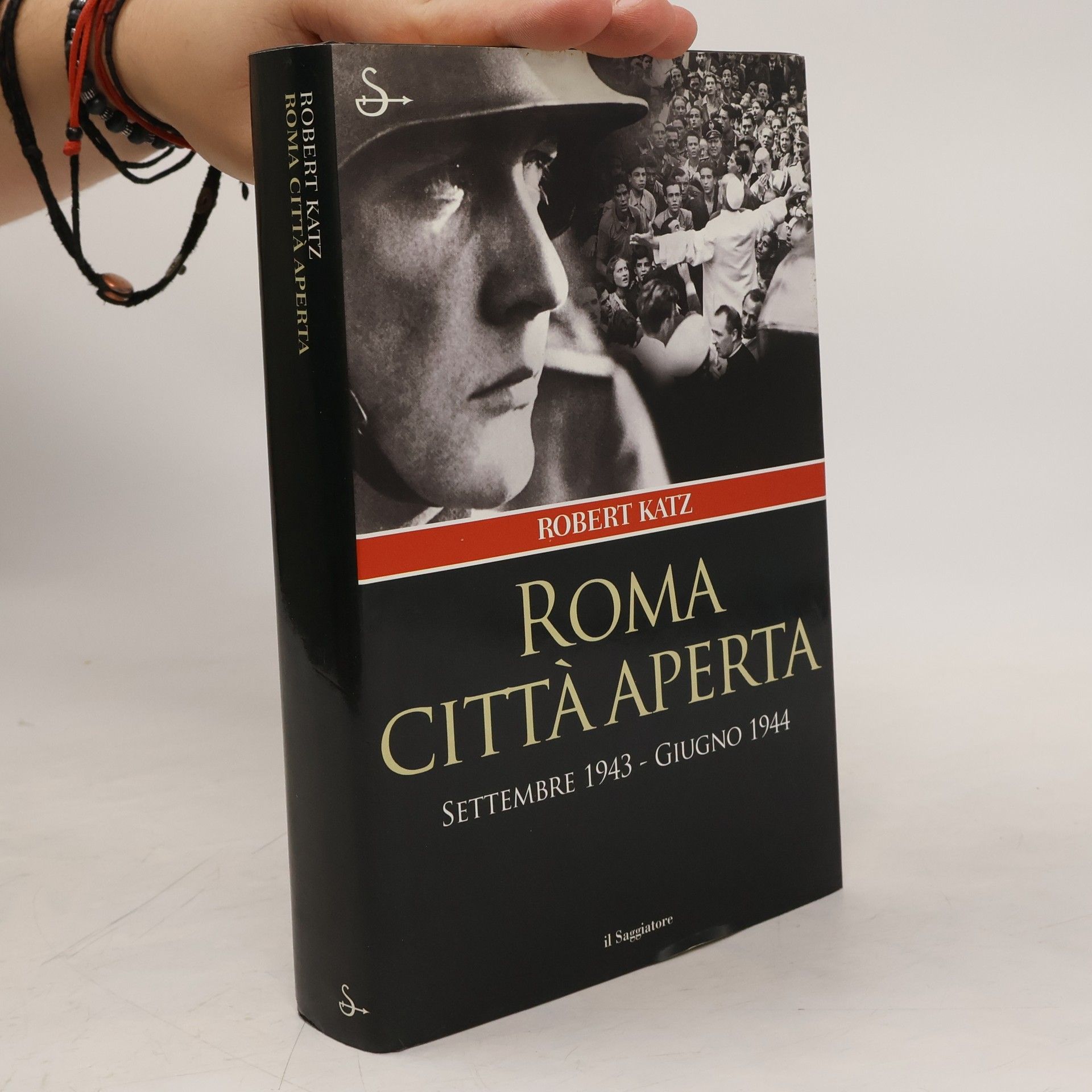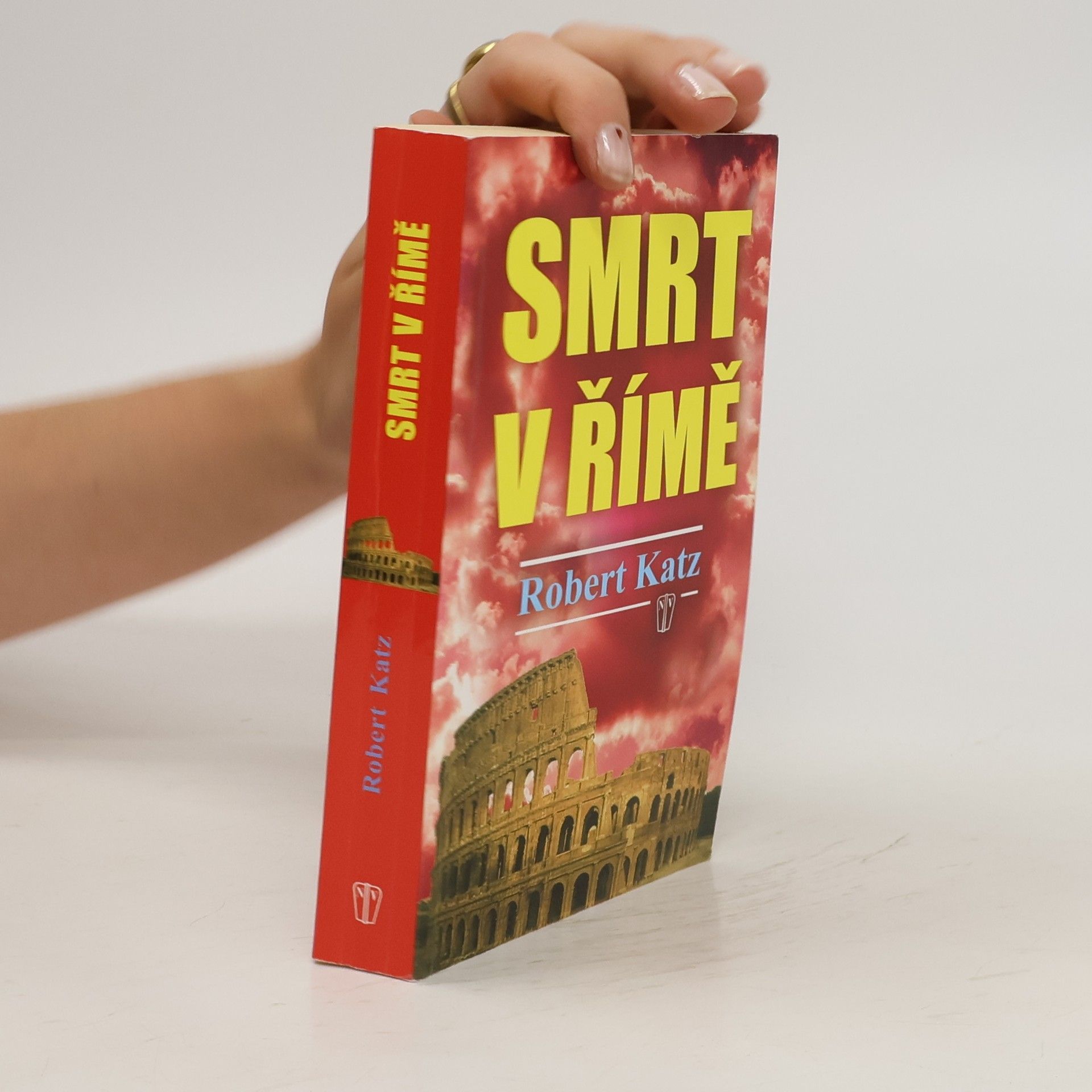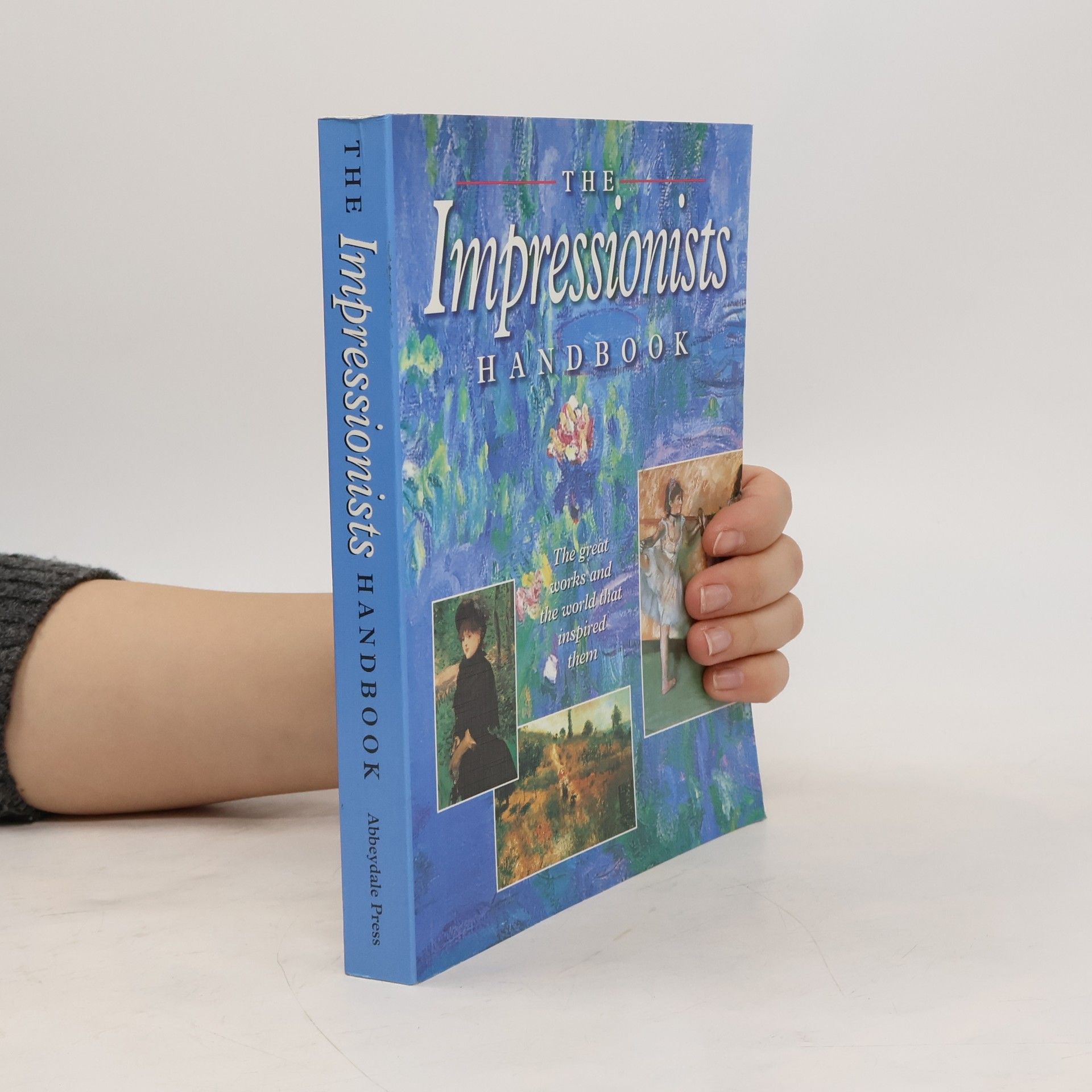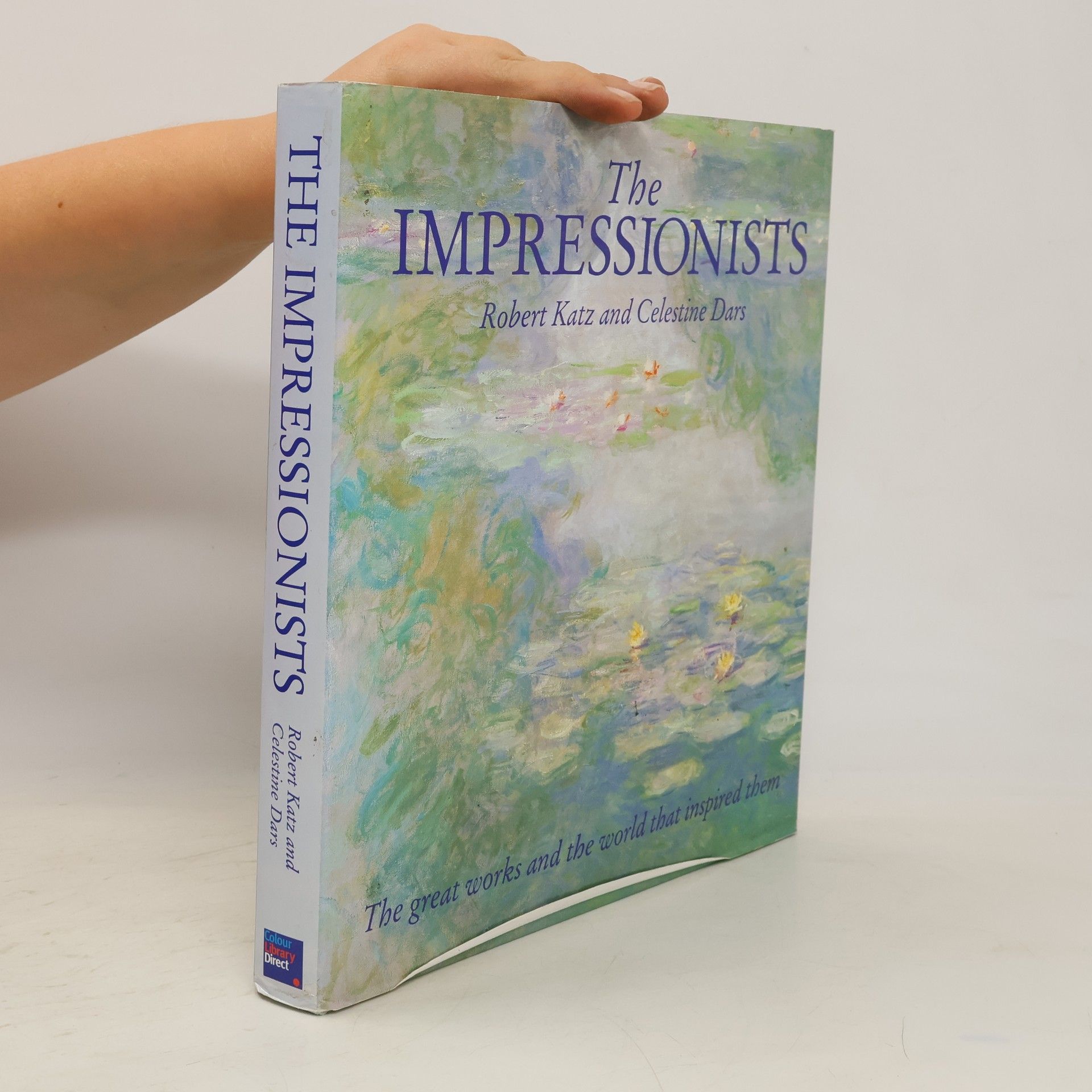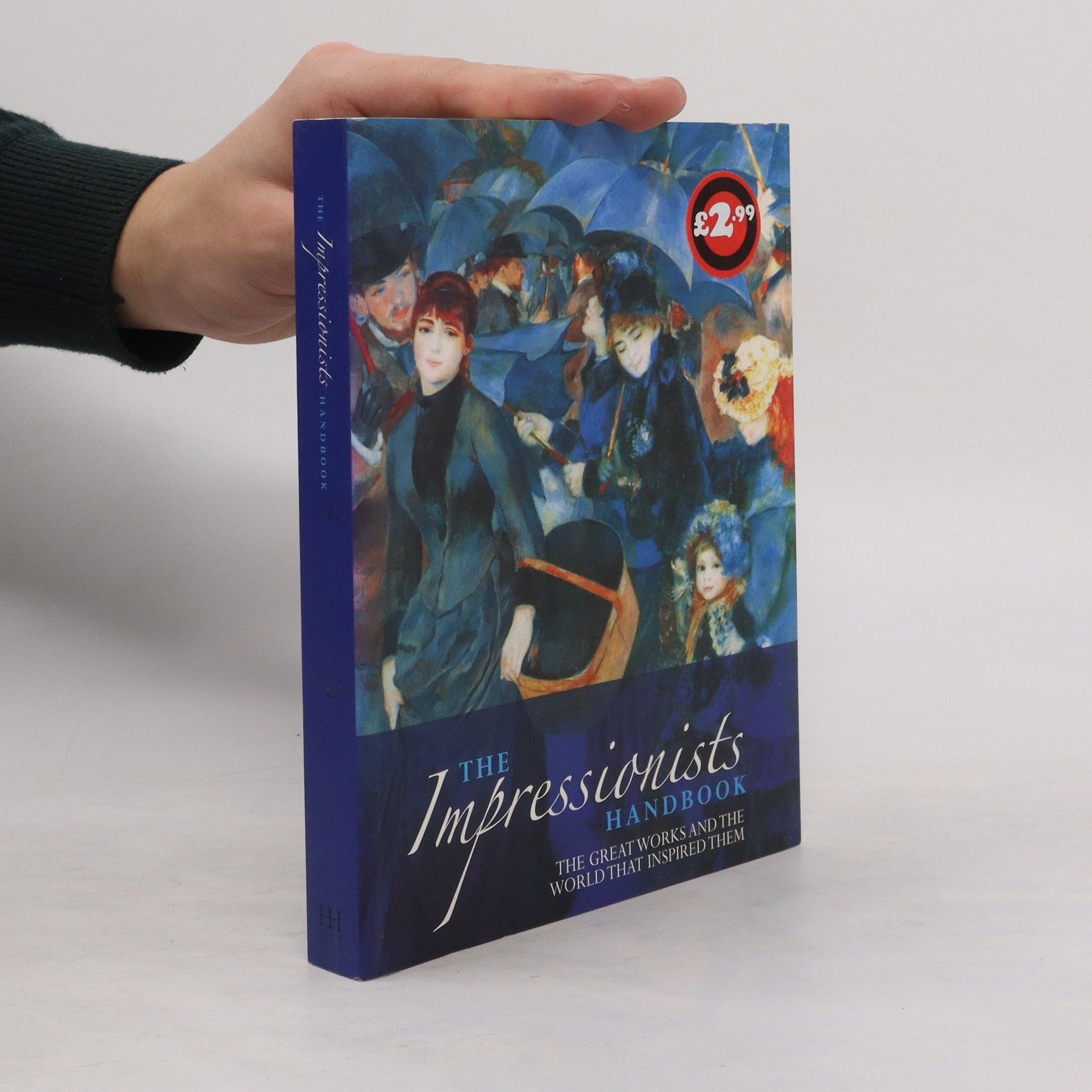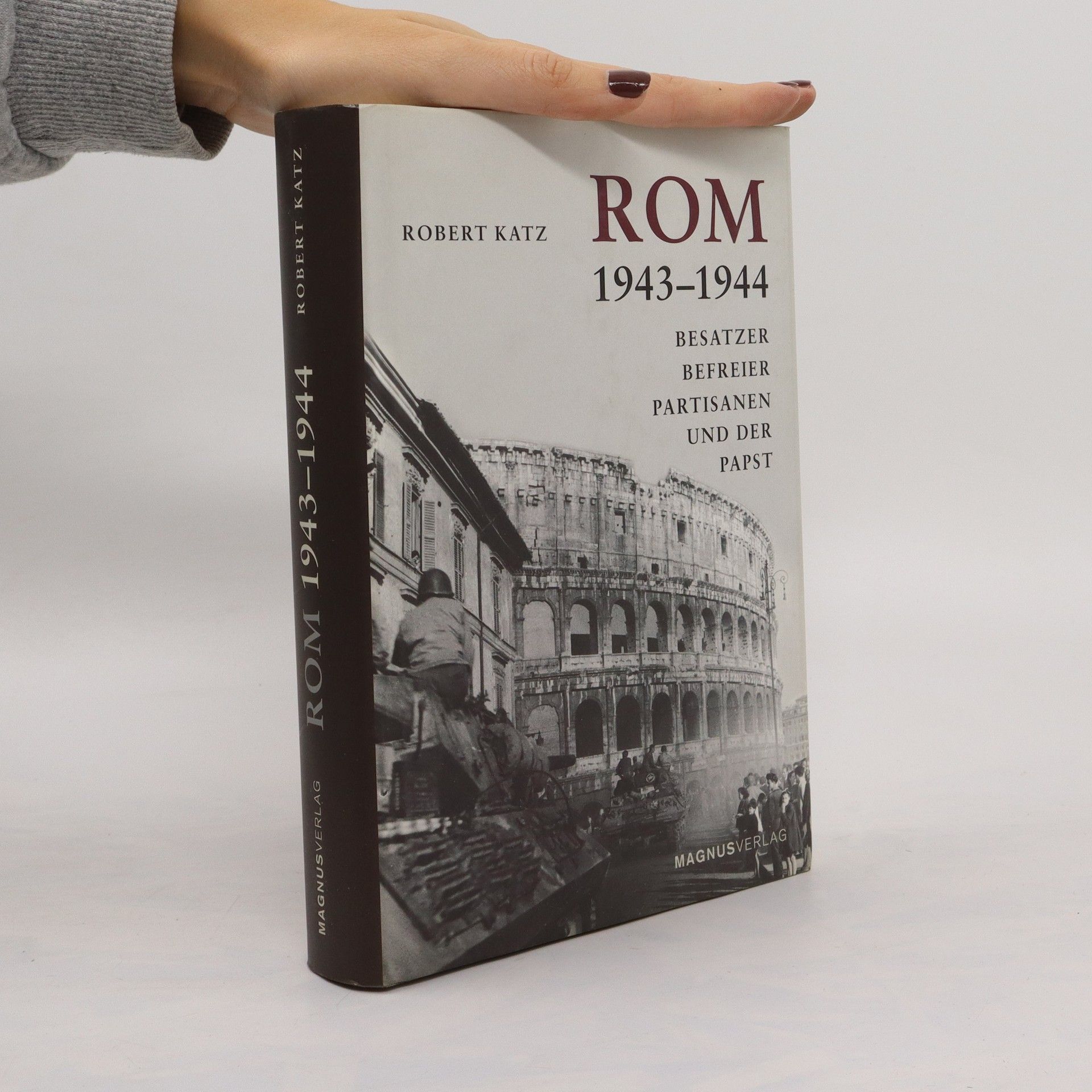Impressionists Handbook
- 256bladzijden
- 9 uur lezen
No group of artists or period of art history has inspired as much admiration as the Impressionist school that flourished from 1874 to 1886. This book tells the story of these revolutionary painters and the dramatic times that shaped their vision. It features all the most important Impressionist artists, providing a greater understanding of the movement and explaining why Impressionism continues to be one of the most popular of artistic styles. The expert analysis is accessible and fascinating, and is augmented by over 350 illustrations, including the immediately recognizable images that are central to the movement, as well as rare paintings seldom seen in print.

